Lower back pain is the single leading cause of disability worldwide, with about one-half of all working Americans admitting to having back pain symptoms each year. These numbers are astounding. So the question is not if you get lower back, it’s more like when you get lower back pain — what should you do about it? Most of the time we aren’t sure why what caused our lower back pain to start in the first place, much less what to do to make improvements. The following are things you SHOULDN’T do to help get you back on the right track. Lower back pain can be like an old scab — if you continue to do things don’t allow it the opportunity to heal, it wont!
Fail to acknowledge that its there
Don’t settle because your old, fat, out of shape, tried therapy, or someone said you had a herniated disc. Don’t let it become a part of your identity. Having pain is not normal, and sometimes we struggle to recognize this. If you experience lower back pain or extreme tightness after your workouts, something’s not right. It’s always better to take action now before it turns into a more frustrating, more painful issue that can lead to unnecessary costly injections and procedures down the road. If you have pain, even minor pain, take action to eliminate it.
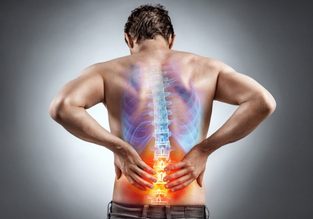
Continue doing things that aren’t helping
I actually had a patient once who severely injured her back performing an overhead squat. She saw a chiropractor, was was told she will need to do prone press ups the rest of her life. Seriously? This isn’t a hit on chiropractors because I see it happening all the time in the physical therapy profession too. After 2 weeks of simple treatment specific to her injury, she was back to working out without issues. If you’ve been told something like this, or if you’ve been doing the same lower back routines day in and day out without long term relief, it might be time for a change. When it comes to the lower back, “rehab” or “conditioning” exercises should not be painful, and typically it don’t take long before patients start experiencing significant relief (if you select the right ones). If you’ve been doing the same movements or exercises for weeks or months, it’s time to consider some different avenues.
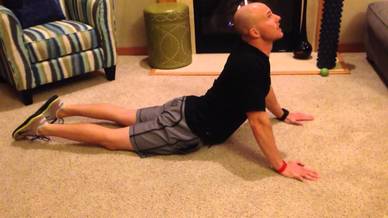
Sit or rest for long periods
First rule of thumb → after a lower back flare up or aggravation, that last thing you want to do is sit on the coach, binge on Netflix (unless it’s Game of Thrones) and try to wait it out. If it’s really bothering us, sometimes we don’t want to move at all, however if we avoid movement, we allow the problem to fester. It may be uncomfortable to get started, but exercise has been proven to be beneficial for nearly all low back pain cases. The best action is to find a simple form of exercise that feels okay. Examples might include going for a walk, spending time on the stationary bike, or doing some light rowing. When we move around, important healing hormones are released which circulate throughout the body, and nutrient rich blood flow is directed to the healing areas. It also causing increased muscle activation, thus providing more stability to aggravated area.
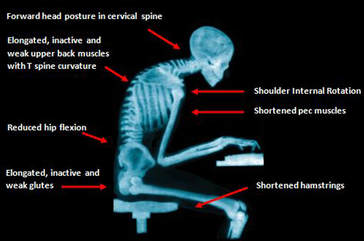
Do things that are painful
While this may seem like common knowledge, when our back tightens or flares up, often we continue to engage movements or positions that aggravate the area. It’s almost like picking a scab. If we continue to aggravate it, it simply will be slow to recover. If a particular lift or movement (i.e. deadlift, burpee) continues to cause pain, it’s time to take a break from it. Pain is a signal that something isn’t right. Either sub the exercise out or modify it so its pain free. Just as its important to consider activities in the gym, is to consider painful activities outside of the gym. Sitting for extended periods, sleeping on your stomach, driving for long periods, lifting heavy objects with poor form, and twisting awkwardly are all common activities that tend to increase your pain. Be smart and listen to your body.
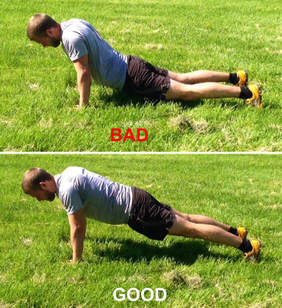
Lift with poor body mechanics
Speaking of lifting, If your going through a period of lower back pain or tightness, it’s important to recognize if you’re putting unnecessary stress on your back… whether from poor body mechanics when picking something up from the floor or poor technique when weight lifting. Allowing your weight to shift towards your toes when performing these activities puts increased strain on your back. Recognizing this simple concept can significantly reduce lower back pain and pressure. It’s also important not to bend at your back throughout the day. If you need to pick something up, make sure to keep it close to the body and use your legs, even go down to one knee if you have continued pain.
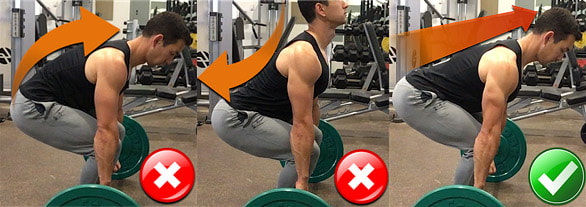
Don’t seek help from a back pain expert (physical therapist) when you know you need it
If you’ve had an acute flare-up or experienced pain for more than a week or two, stop wasting time and see a doctor of physical therapy. Lower back pain is the most common thing we treat. Do you need a referral from an MD? No. Do you need imaging (x-ray or MRI) before treatment? No. Research studies have shown that 60%+ of people WITHOUT lower back pain have imaging studies that show bulges or degenerative changes. While it is noble to try to manage the pain yourself, the earlier you start treatment, the better your chances are of making a smooth recovery and quickly returning to normal activities, and keeping it at bay for good. If you’re a CrossFit athlete, check out my FREE ebook on the most common reasons CrossFit athletes suffer from lower back pain, and what to do about it. Just click the link below!
Thanks for reading,
Dr. Andrew

